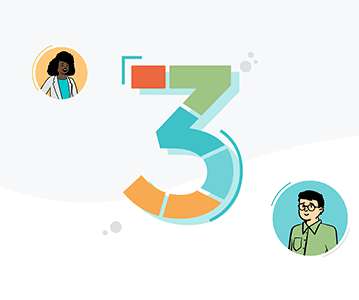PROOF POINTS: There is a worldwide problem in math and it’s not just about the pandemic
The Hechinger Report
DECEMBER 11, 2023
That’s the case with the most recent results from a key global education test, the Program for International Student Assessment or PISA. math scores recorded in the history of the PISA math test, which began in 2003. students in this lowest level has swelled; back in 2012, a little over a quarter of U.S.



















Let's personalize your content